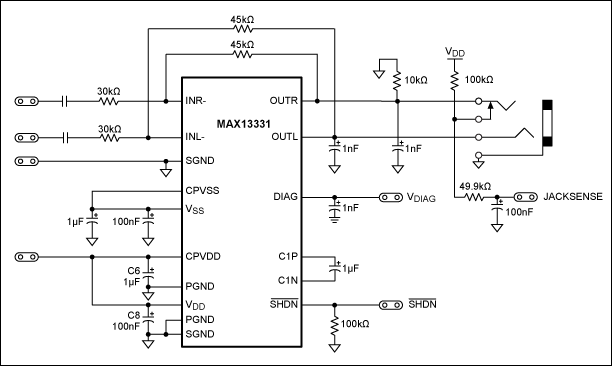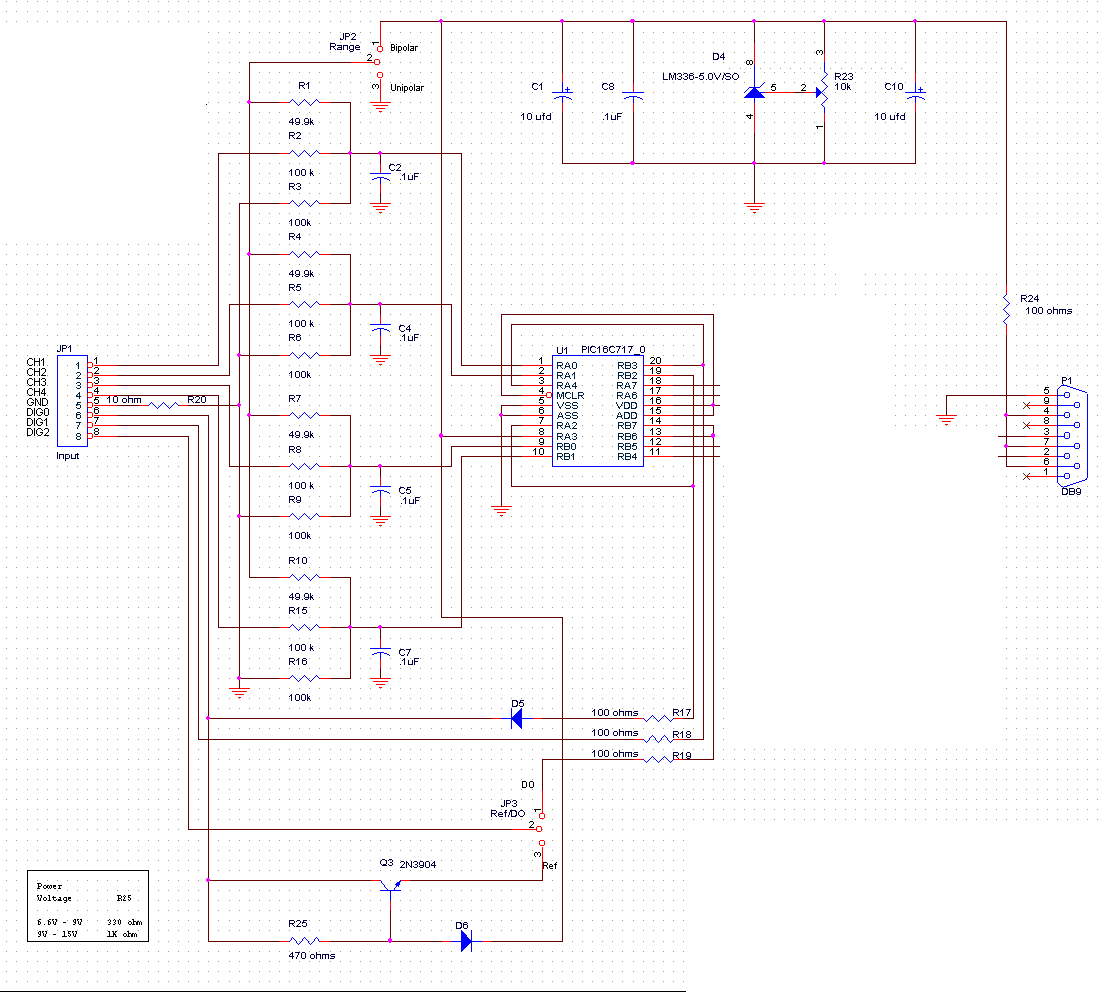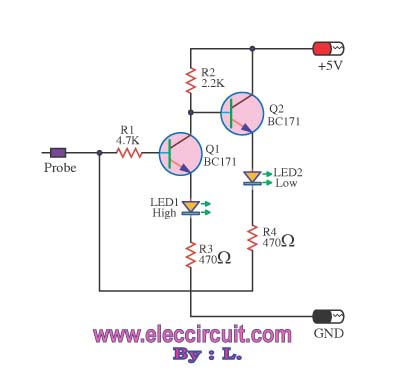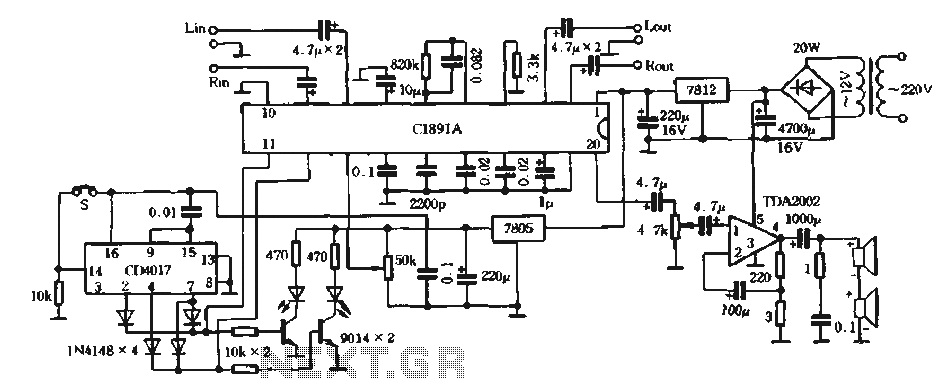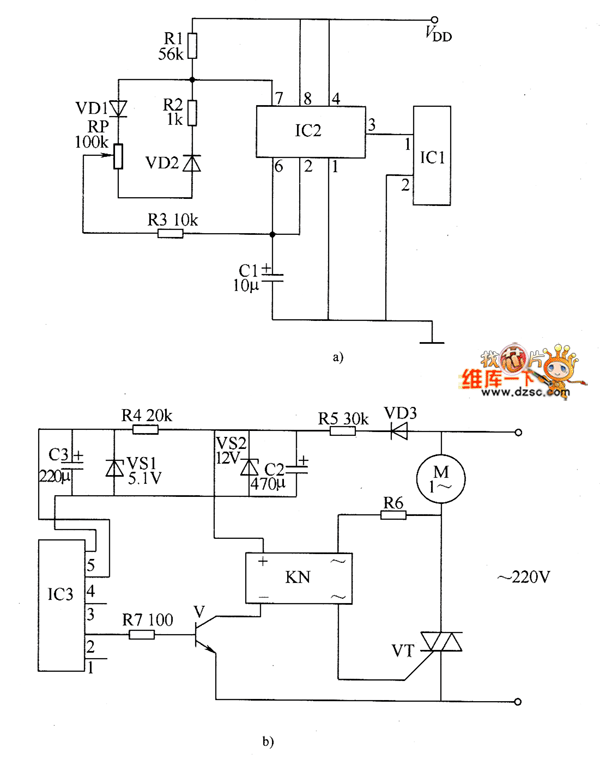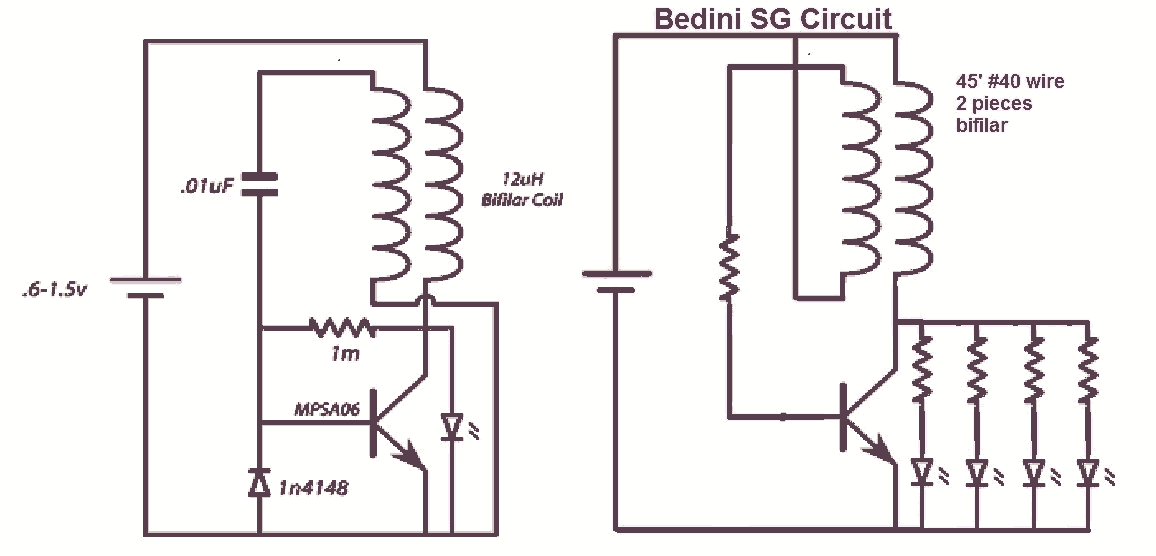
Video and DVD Modulator Circuit Electronic Diagram
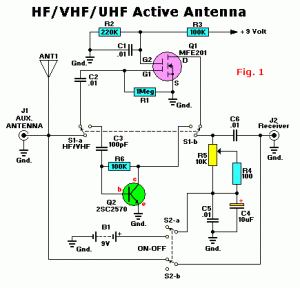
The following circuit illustrates a Video and DVD Modulator in a VHF/UHF electronic diagram. Features include an oscillator that utilizes a transistor for high-frequency operation.
The video and DVD modulator circuit serves to convert video signals into a format suitable for transmission over VHF or UHF frequencies. This is particularly useful for broadcasting video content to televisions or other receiving devices that operate within these frequency ranges.
The core of the circuit typically includes a high-frequency oscillator, which can be implemented using a transistor. The oscillator generates the carrier wave necessary for modulation. In this setup, the transistor is configured to amplify the input signal and produce a stable output frequency.
The modulation process involves combining the video signal with the carrier wave. This can be achieved through amplitude modulation (AM) or frequency modulation (FM), depending on the design requirements. The modulated signal is then filtered to eliminate unwanted harmonics and noise, ensuring a clean output signal.
Additionally, the circuit may incorporate various components such as capacitors, resistors, and inductors to stabilize the oscillator, control the gain, and manage the frequency response. An output stage may be included to drive the antenna or connect to other transmission media.
Overall, this circuit provides a practical solution for transmitting video content over traditional broadcast frequencies, enabling compatibility with legacy television systems and enhancing the accessibility of video content.The following circuit shows about Video and DVD Modulator in VHF / UHF Circuit Electronic Diagram. Features: oscillator uses a transistor for high .. 🔗 External reference
The video and DVD modulator circuit serves to convert video signals into a format suitable for transmission over VHF or UHF frequencies. This is particularly useful for broadcasting video content to televisions or other receiving devices that operate within these frequency ranges.
The core of the circuit typically includes a high-frequency oscillator, which can be implemented using a transistor. The oscillator generates the carrier wave necessary for modulation. In this setup, the transistor is configured to amplify the input signal and produce a stable output frequency.
The modulation process involves combining the video signal with the carrier wave. This can be achieved through amplitude modulation (AM) or frequency modulation (FM), depending on the design requirements. The modulated signal is then filtered to eliminate unwanted harmonics and noise, ensuring a clean output signal.
Additionally, the circuit may incorporate various components such as capacitors, resistors, and inductors to stabilize the oscillator, control the gain, and manage the frequency response. An output stage may be included to drive the antenna or connect to other transmission media.
Overall, this circuit provides a practical solution for transmitting video content over traditional broadcast frequencies, enabling compatibility with legacy television systems and enhancing the accessibility of video content.The following circuit shows about Video and DVD Modulator in VHF / UHF Circuit Electronic Diagram. Features: oscillator uses a transistor for high .. 🔗 External reference
